NATO je u februaru 2000. zvanično potvrdio korišćenje municije sa osiromašenim uranijumom u agresiji na SR Jugoslaviju, a pregled bombardovanih lokacija obelodanio 21. 9. 2000. godine.
Uzorci ostataka municije i kontaminiranog zemljišta su slati u Institut za nuklearne nauke “VINČA”, koji je najkompetentniji za tu vrstu merenja.
U svojim izveštajima od 23. aprila 1999. i 21. maja 1999. godine, stručnjaci tog instituta, uz ostalo navode:
"...Može se zaključiti da primena ispitivane municije dovodi do kontaminacije životne sredine sa dugoročnim posledicama po životnu sredinu i lokalno stanovništvo.”
Napomene (Republički geodetski zavod):
- Koordinate su u Military Grid Reference System (MGRS) UTM projekcije. Zapis koordinata je specifican, objašnjenje vezano za MGRS je na ovom linku i na ovde.
- Takve koordinate pretvaraju se u standardne UTM ili WGS (lat, long) koordinate pomoću konvetrora na ovoj adresi.
- Sa standardnim UTM ili WGS koordinatama na Guglovim mapama mogu da se označe pozicije iz priloga.
ARHIVA PPNS UKAZIVANJE STRUČNJAKA NA POSLEDICE NATO BOMBARDOVANJA SR JUGOSLAVIJE 1999. GODINE (FOTOMONOGRAFIJA "1999")
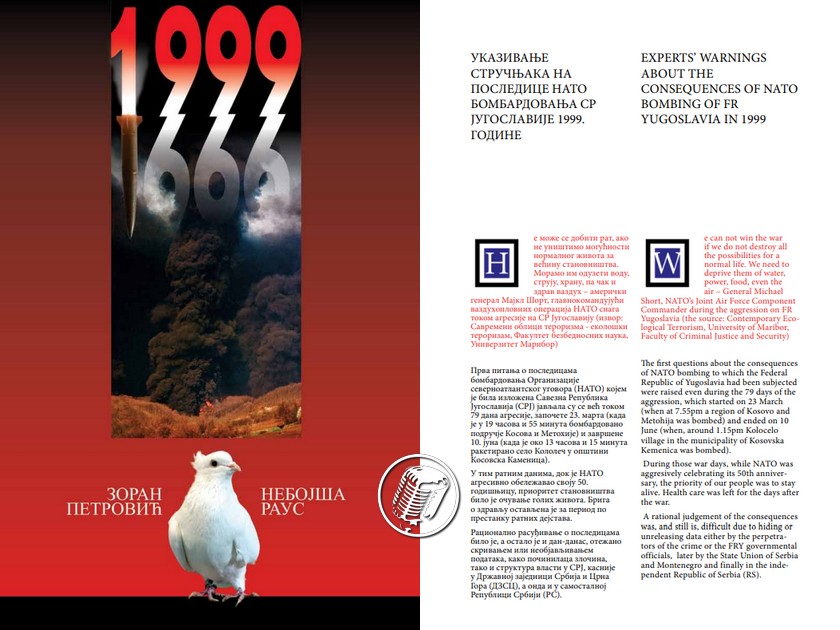
NATO INFORMACIJE
In Bosnia, NATO used approximately 10,800 rounds during operations in support of UNPROFOR. The area where DU munitions were expended was confined to the so-called 20 km exclusion zone surrounding the city of Sarajevo. Two sorties were tasked in August and September of 1994. The majority of the A-10 sorties were during Operation Deliberate Force in August and September of 1995. No other DU rounds were expended in Bosnia. In Kosovo, NATO expended approximately 31,000 depleted uranium rounds. The vast majority were used against VJ and MUP armour targets along the westernmost part of the province where these armoured units were engaged in an aggressive ethnic cleansing campaign against the Albanian population. Nearly one million ethnic Albanians were displaced into neighbouring countries at this time. Most missions flew in the areas between Pec and Prizren, with the highest concentration near Dakovica.
Briefing - 10 Jan. 2001
The Council noted in this context that there is no evidence currently available to suggest that exposure to expended depleted uranium munitions represents a significant health risk for NATO-led forces or the civil population in the Balkans. They noted recent statements by representatives of the World Health Organisation and the UN Environment Programme (UNEP) which confirm that there is very little likelihood of troops becoming ill, such as by contracting leukaemia, from exposure to radiation from depleted uranium.
Statement by the Secretary General on the Use of Depleted Uranium Munitions in the Balkans - 10 Jan. 2001
Il Sole 24 Ore - Question: Very simple question. Why the warnings that were given in Kosovo on the use of ammunition with depleted uranium weren’t given when they were used in Bosnia? Why the same type of warnings weren’t given at that time?
Secretary General: Well, I can’t answer that question. I wasn’t in this position 5 years ago. All I can tell you is that there is perhaps a greater public awareness of concerns about munitions with depleted uranium last year and the warnings were therefore issued about the particular circumstances that applied at that particular time, in order that people were aware that there might conceivably in these particular circumstances be a hazard. What we want to now know is whether there is any wider hazard beyond that and that will come with the UN report. But Mr. Haarvista has already made it absolutely clear in relation to leukaemia what his view is about that. You know nobody should take from this, from the statement from this press conference or from today’s North Atlantic Council that there is any complacency on this issue at all. If there are concerns they must be addressed.
Transcript of Press Conference - 10 Jan. 2001
Mr. Mark Laity: I think also it is important to pick up a point there. No-one in NATO has ever said, as was implied, that depleted uranium is totally harmless, we have said it is a low level hazard under specific limited circumstances, and I think that is important because I have seen quite a lot of reporting saying NATO says DU is harmless. We don’t say DU is harmless, we say it is a low level risk under specific limited circumstances and we take the appropriate measures to ensure that even that low level risk is eliminated. So when people wear masks and take protective measures, this does not in any way suggest that we think that it is anything more than we have always said, a low level hazard under specific limited circumstances.
Transcript of the Press Briefing - 16 Jan. 2001
* * *
Q: Why did the Serbian government demand that on cluster ammunition and that would come to Serbia several years ago when the NATO military operation was taking place there, there were media reports that possibly ammunition with low grade uranium has been used. This is very dangerous, every knows about it. Is there a demand asking about data concerning such ammunition?
APPATHURAI: Thank you. The relative dangers of depleted uranium I have to say are actually a very open question. We did a very exhaustive study within NATO when this all came up, within NATO allies. The results of which are all on the website. And the health... the negative health affects, I have to say, what I’m told, I’m no scientist, but the results of this was that they are extremely limited and if they weren’t we wouldn’t use them, because A, there are laws, and B, our own soldiers are involved.
But to answer your question more fully, the Serbian government already asked, years ago, for the information on the use of depleted uranium. All of that data has been provided to them, with precise locations, and by the way, if I understand correctly, you can go to the NATO website yourself and find exactly where all the depleted uranium was fired. So that information has been made as public as it can be.
Weekly press briefing by NATO Spokesman, James Appathurai - 19 Sep. 2007
Question: As for the Italian soldiers who died of cancer and leukaemia, could I have information about their deployment or activities when they were deployed in Kosovo or Bosnia-Herzegovina. How long were they deployed and what were their activities and did they approach tanks with the depleted uranium?
Mark Laity: That is stuff that the Italians are doing. And they are mounting their own investigation to precisely find that out. But I think it would be quite important to realize how close, for how long you would have to be to be harmed according to the current scientific evidence. You know that the evidence would suggest that to ingest enough to cause yourself harm, or to inhale enough to cause yourself harm, would be very, very hard to do. So if you have a wrecked tank, then it would just not be enough to walk by once. This is part of the Italian government’s study and I think I would take the implied question that if they were within a 100 yards of a wrecked tank, does this open them to harm? No it doesn’t. It is very, very hard to be close enough for long enough to this material to cause yourself any harm and in particular to cause yourself leukaemia. There is no demonstrated link of any kind.
Briefing 24 Jan. 2001 | Last updated: 03 Nov. 2008 20:25
Foto: nato.int
ARHIVA PPNS IZVEŠTAJ SRJ - POSLEDICE NATO BOMBARDOVANJA NA ŽIVOTNU SREDINU SR JUGOSLAVIJE (SAVEZNO MINISTARSTVO ZA RAZVOJ, NAUKU I ŽIVOTNU SREDINU)

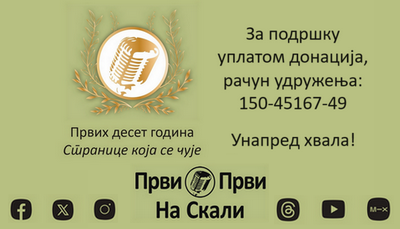
STRANICA KOJA SE ČUJE - ZORAN MODLI
PRVI PRVI NA SKALI FB STRANA, TVITER, INSTAGRAM, TRIDS
PODRŽI PPNS!
MIHAJLO PUPIN
ARČIBALD RAJS




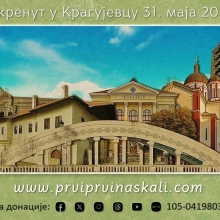

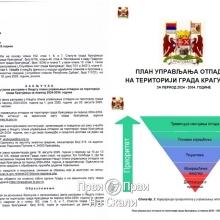

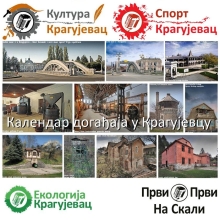







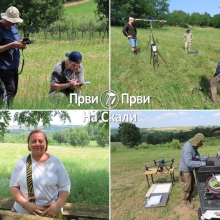
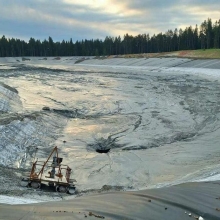














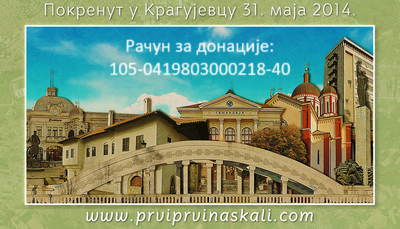
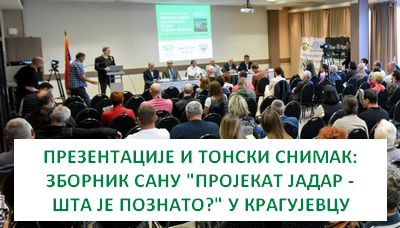
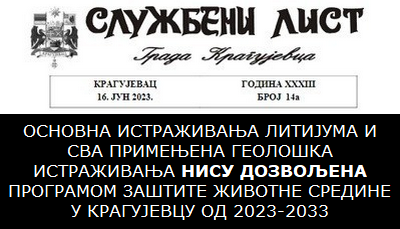
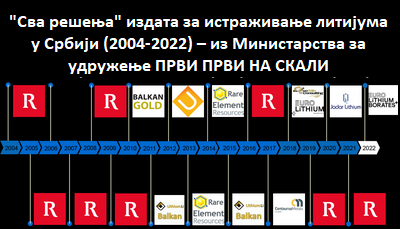
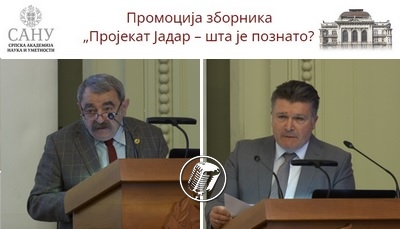
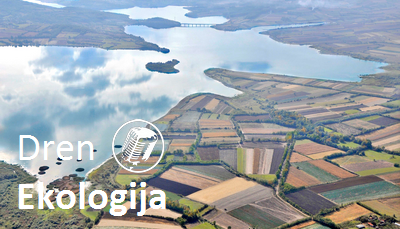
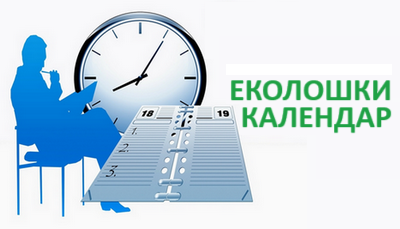
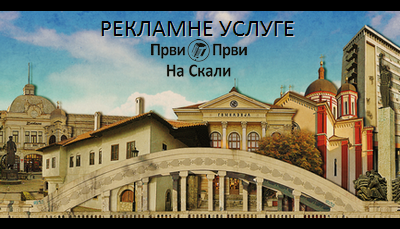
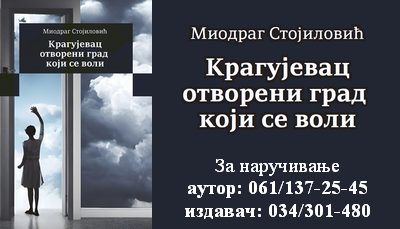
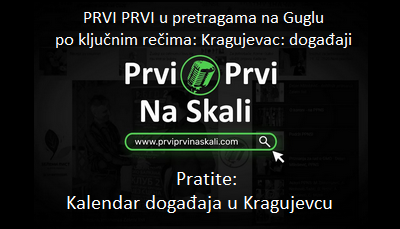

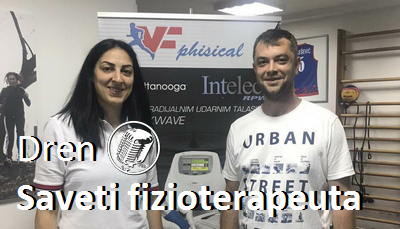
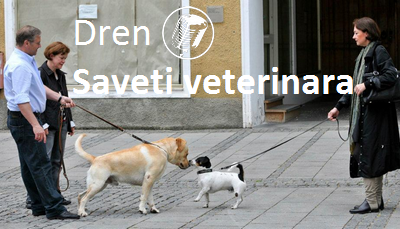
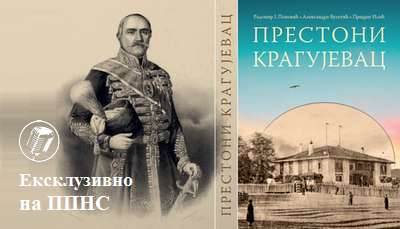
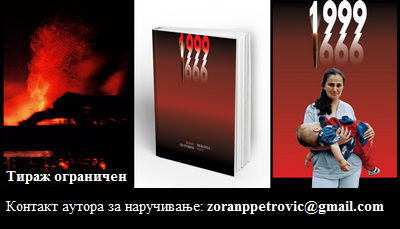
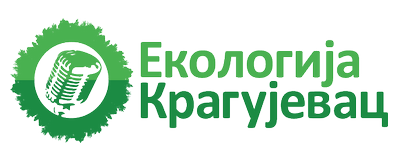
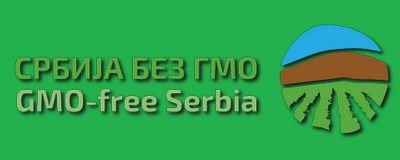
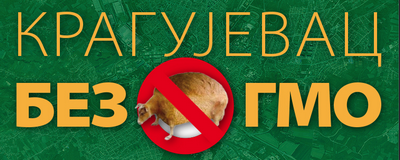

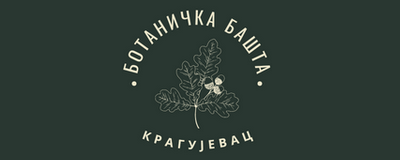
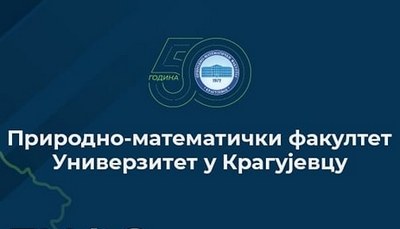
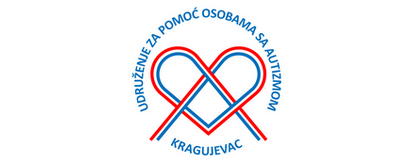
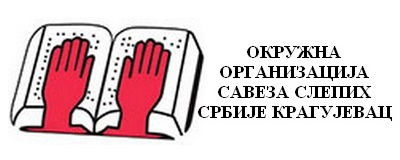
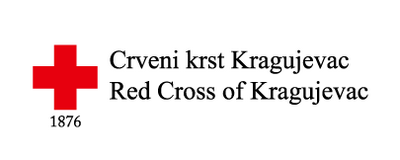
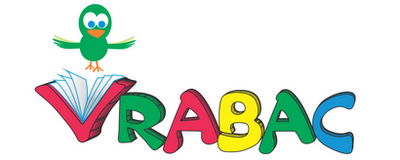
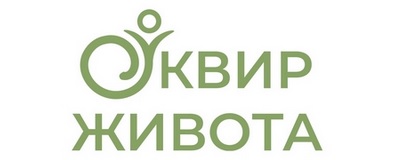
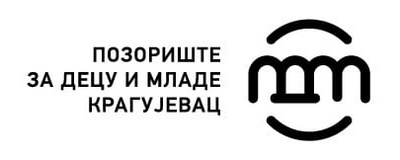
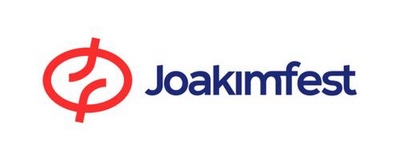
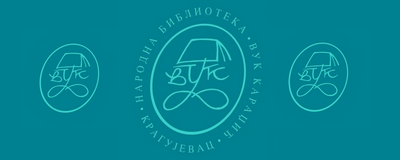
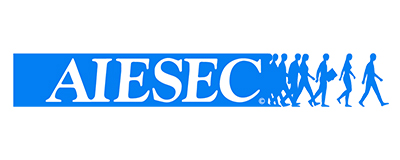
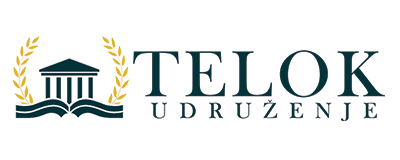
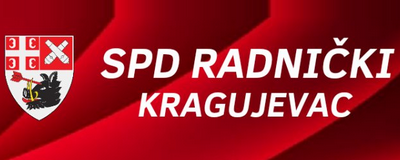
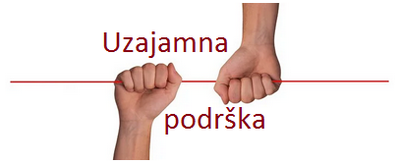
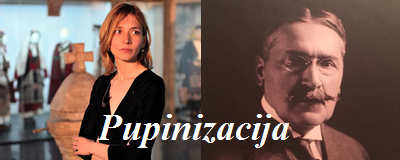
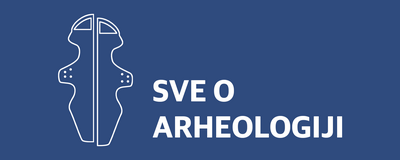
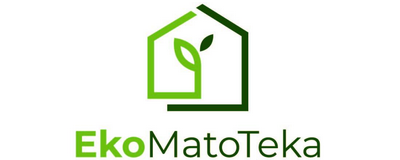
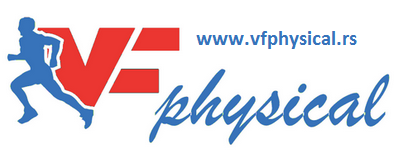
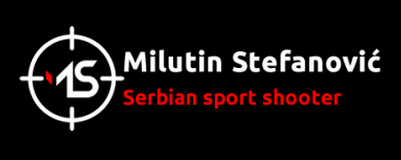
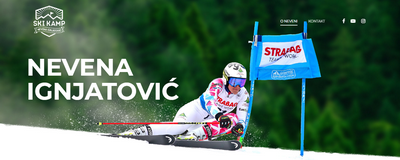

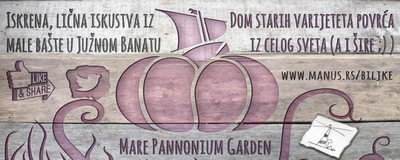
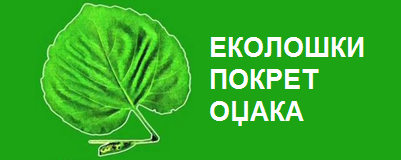
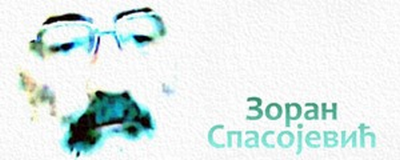
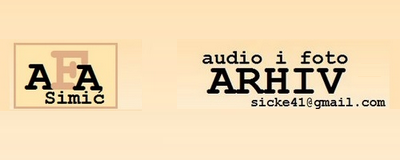
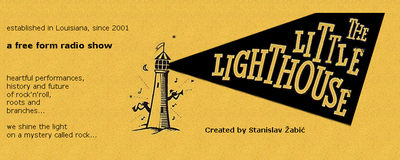
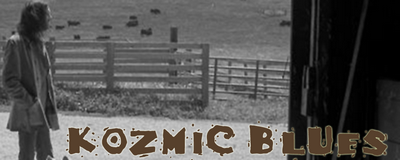
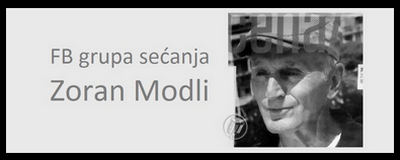

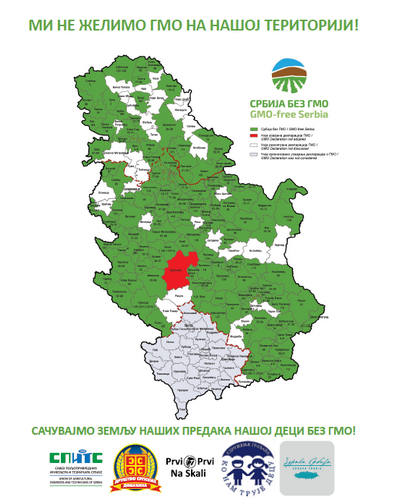
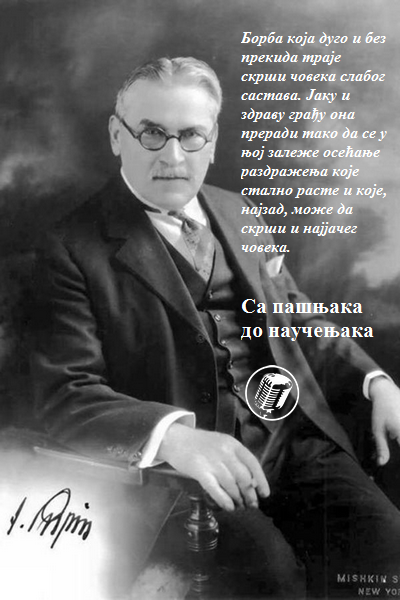
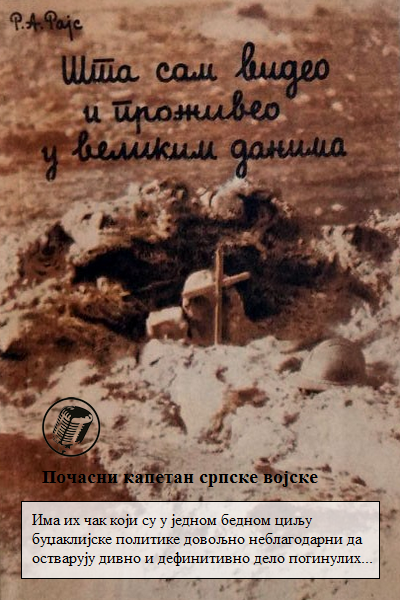
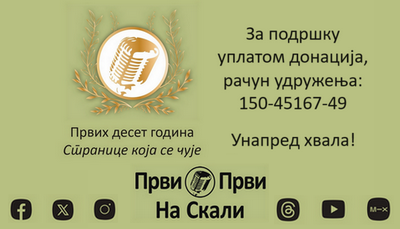
Komentara: 1
Djole
To je samo bio Milosrdni andjeo